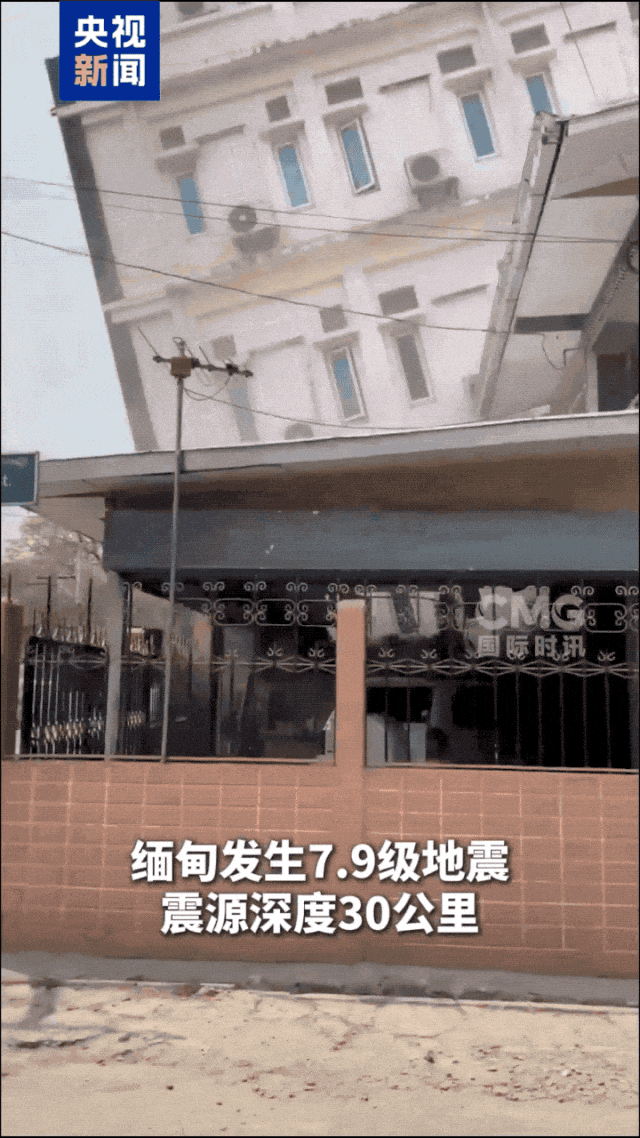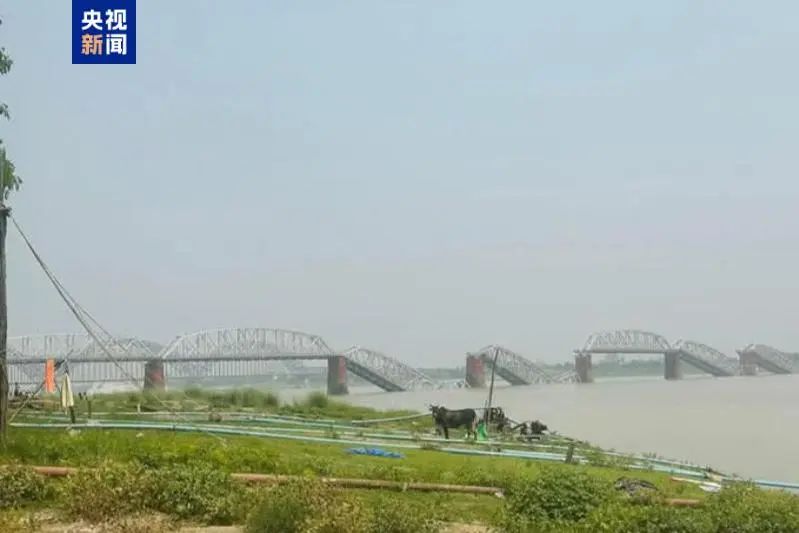“This earthquake wasn’t just a natural disaster—it exposed decades of systemic vulnerabilities.” As rescuers dig through rubble and survivors face mounting challenges, Myanmar’s 7.9-magnitude earthquake on March 28, 2025, emerges as a humanitarian, political, and economic watershed moment. Stay informed with this definitive analysis.
1. Why Was the Earthquake So Destructive?
1.1 High Magnitude and Shallow Depth
The 7.9-magnitude quake struck at a shallow depth of 10–30 km, maximizing surface energy transfer. This combination created catastrophic ground shaking felt across central Myanmar.
1.2 The Sagaing Fault: A Ticking Time Bomb
The Sagaing Fault—a 1,200-km tectonic boundary between Indian and Eurasian plates—had been accumulating stress for decades. Its last major quake (7.5 magnitude) occurred in 1946, making this event long overdue.

1.3 Poor Infrastructure and Building Standards
Over 60% of Mandalay’s buildings used unreinforced brick or bamboo. Critical infrastructure like the Ava Bridge collapsed instantly, paralyzing transportation networks.

1.4 Aftershocks and Secondary Disasters
Twelve aftershocks (up to 7.5 magnitude) complicated rescue operations. Landslides and dam cracks added urgent risks for displaced communities.
2. Immediate Humanitarian Crisis

2.1 Staggering Casualties
By April 5, official reports confirmed:
- 3,455 deaths
- 4,840 injuries
- 214 missing
Experts warn actual fatalities could exceed 10,000.
2.2 Collapse of Key Cities
Mandalay—Myanmar’s second-largest city—sustained 30% building destruction, including cultural treasures like the Mandalay Palace.
2.3 International Aid Challenges
China provided $14 million in aid, while the U.S. offered limited support. Myanmar’s military government struggled to distribute resources effectively amid ongoing civil conflict.
3. Political and Economic Fallout
3.1 Military Government Under Pressure
Destroyed infrastructure weakened military supply lines. Public anger mounted against leader Min Aung Hlaing over slow responses and corruption allegations.
3.2 Civil War Risks
Rebel groups like the Kachin Independence Army (KIA) exploited chaos to seize territory. A fragile ceasefire by the National Unity Government (NUG) had minimal impact.
3.3 Economic Collapse
GDP losses could reach 70%, with industries like jade mining suspended. Over 50,000 displaced people face monsoon-season dangers.
4. Regional and Global Implications
China faces border security risks and delays to strategic projects like the China-Myanmar Economic Corridor. The U.S.-China geopolitical rivalry intensified as Beijing’s rapid aid contrasted with Western caution.
5. Lessons and the Path Forward
Myanmar needs urgent building code reforms and disaster preparedness systems. International cooperation remains critical despite political tensions. Recovery could require over $5.9 billion and take decades.
Conclusion
The earthquake revealed Myanmar’s vulnerability—a confluence of natural disaster, governance failures, and global inaction. Regional unity and sustainable development are essential to prevent future tragedies.
Key Terms
Sagaing Fault | Mandalay | Min Aung Hlaing | Kachin Independence Army | China-Myanmar Economic Corridor
